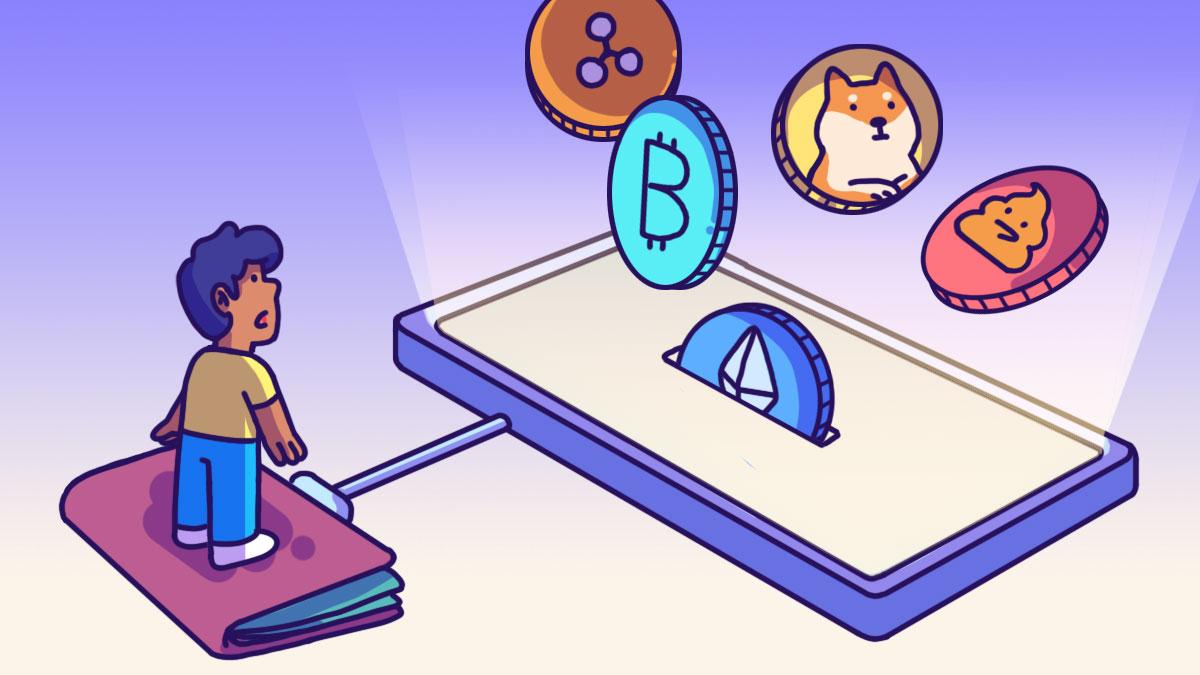
Financial Services on Web3: Decentralised Finance (DeFi)
The Simple Sum
23 Sep 2022Share
As with cryptocurrencies, DeFi is built on the blockchain – the decentralised, immutable, public ledger that enables all computers on a network to hold a copy of a history of transactions. The idea is that no single entity has control over – or can alter – the ledger.What makes DeFi distinct from cryptocurrencies like Bitcoin is that it expands the use of the blockchain from direct value transfers to more complex financial use cases. While bitcoin can only be used as a store of value, DeFi – powered by decentralised applications (dApps) – allow parties to exchange, lend, borrow, and trade directly using the blockchain without any intermediaries and costs.At the core of DeFi are smart contracts, which is computer code that acts as a digital agreement between two parties. Running on the blockchain, smart contracts automatically execute transactions if certain conditions are met, and can be used for a variety of financial protocols like issuing crypto-backed loans and paying out interest on holdings.Smart contracts are the fuel that powers DeFi and its protocols like Aave, Compound, and hundreds of others. Because they are processed on the blockchain, smart contracts can be sent automatically without a third party involved.
Most DeFi projects are built on top of Ethereum – the second largest cryptocurrency platform – because its programming languages are specifically designed for creating and deploying flexible smart contracts. They have since expanded to other networks that use smart contracts as well. These include Solana and Avalanche.
Anyone can use DeFi products by going to an application’s website and connecting with a DeFi-enabled crypto wallet (such as MetaMask on Ethereum, or Phantom on Solana).
Because the apps are built on the blockchain, users must then use that blockchain’s tokens to transact. For example, Ether is required to pay for transactions on the Ethereum network and SOL is necessary on the Solana network.
Related Stories

NFTs: It's More Than Just A JPEG
30 Sep 2022
0

What Exactly is the Metaverse?
11 Sep 2022
0

The Money in Web3: What Are Cryptocurrencies?
11 Sep 2022
0
You May Also Like
See All
How To Travel With Friends And Keep The Friendship Intact
21 Mar 2025
1304
0

5 Renovation Mistakes That Can Cost You Big Time
20 Mar 2025
993
0

How To Decode Your Payslip And Ensure You Are Paid Correctly
19 Mar 2025
487
0

I Was Too Nice And Always Bought Shopping Favours For My Friends, But It Ended Up Costing Me
18 Mar 2025
812
0

Living Paycheck To Paycheck? Here’s A Guide To Effectively Track Your Expenses
14 Mar 2025
1063
0

SG60: How A Group Of Friends Teamed Up To Sell ‘Awfully Chocolate’ Cakes
13 Mar 2025
493
0
© Copyright 2025 The Simple Sum. All Rights Reserved.

